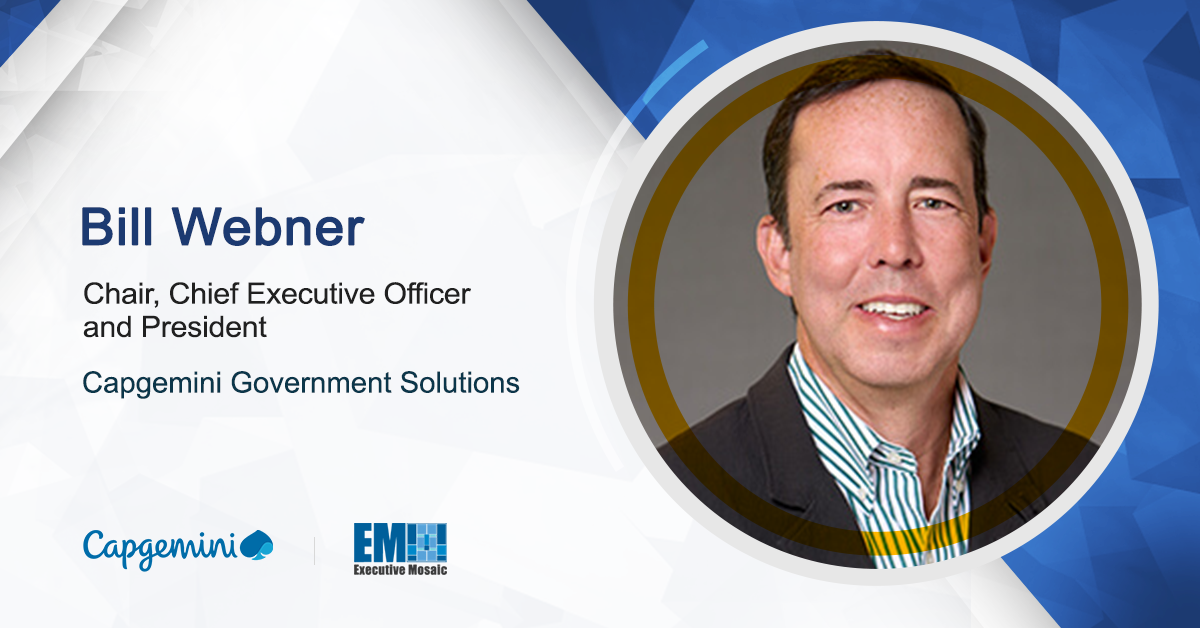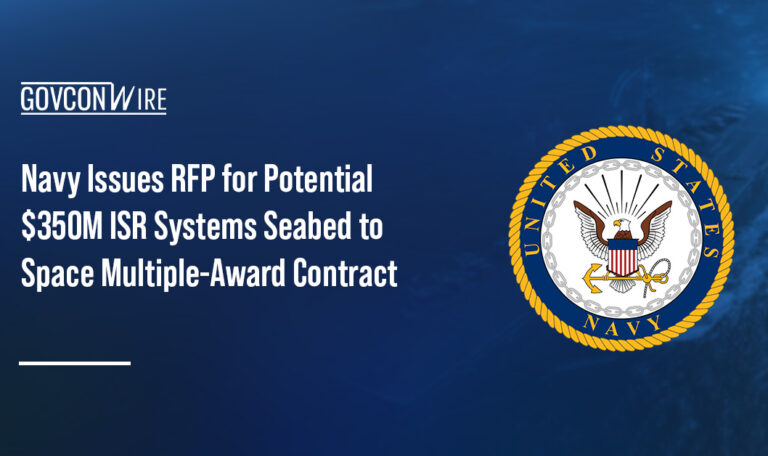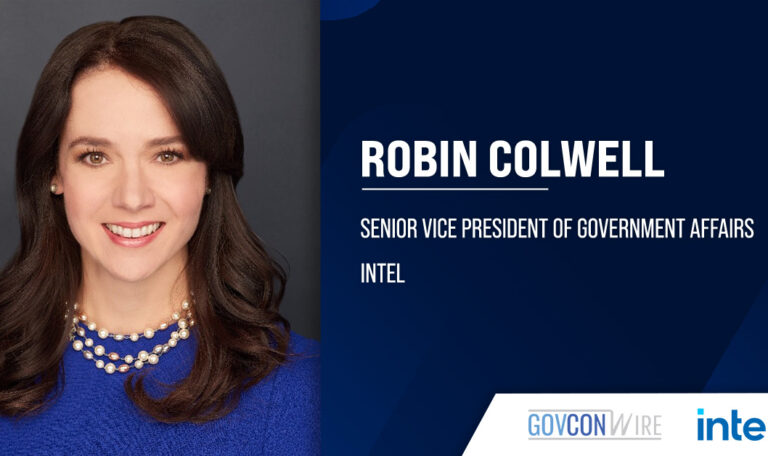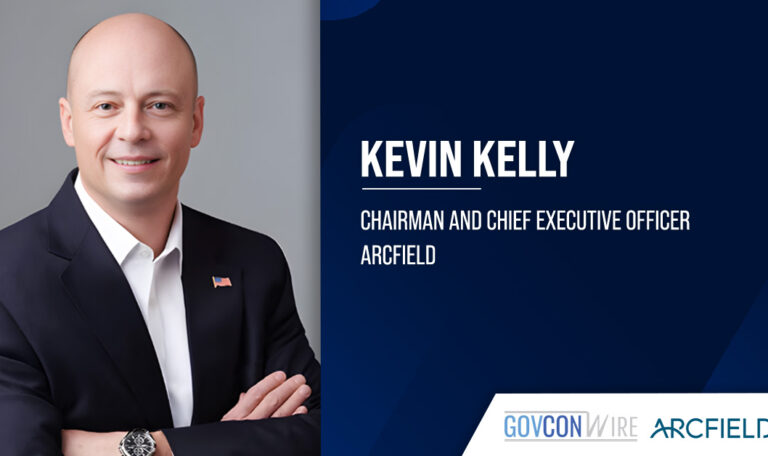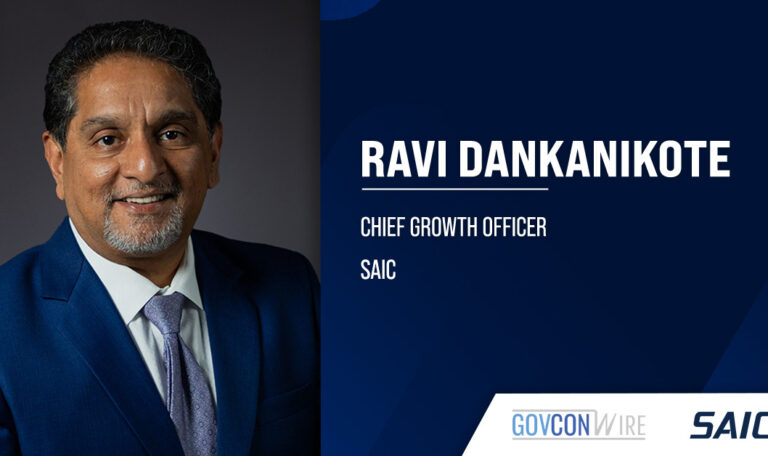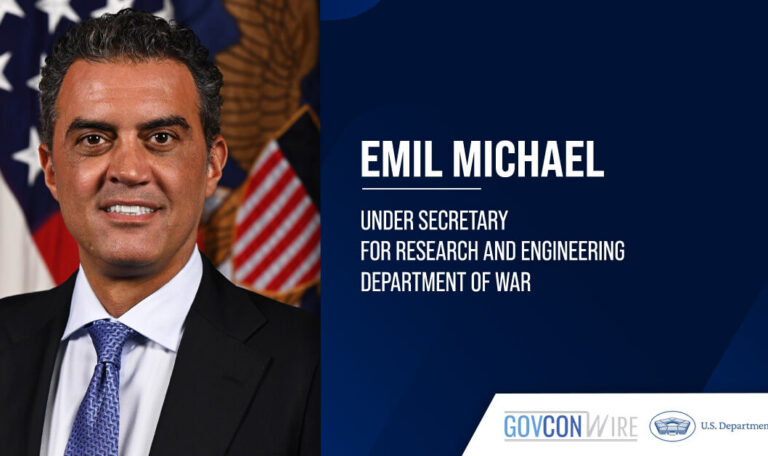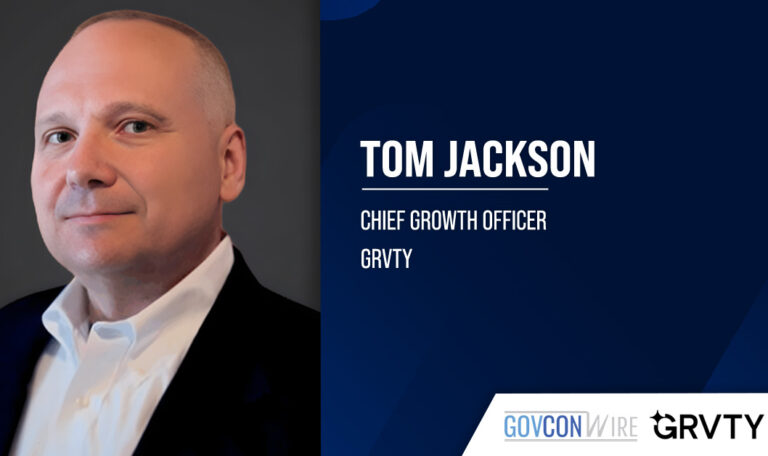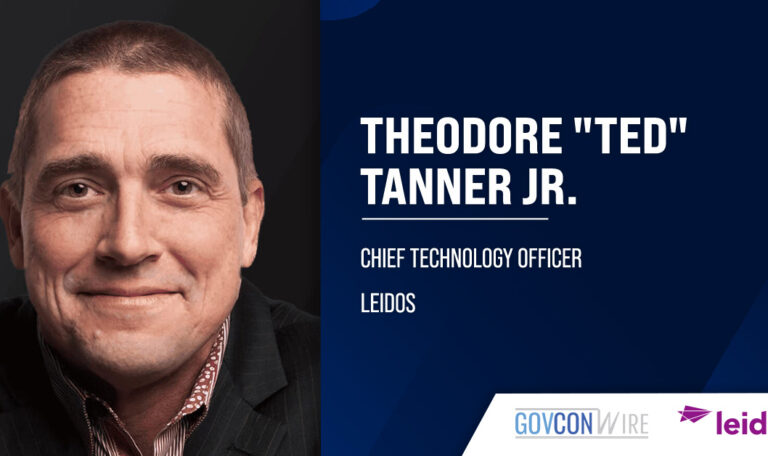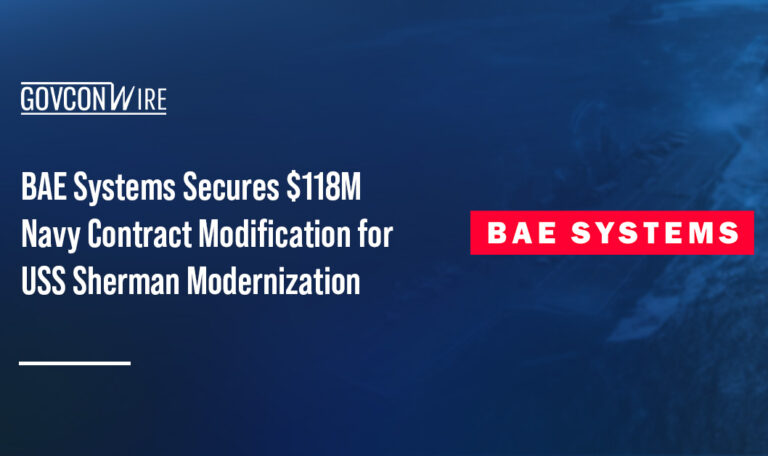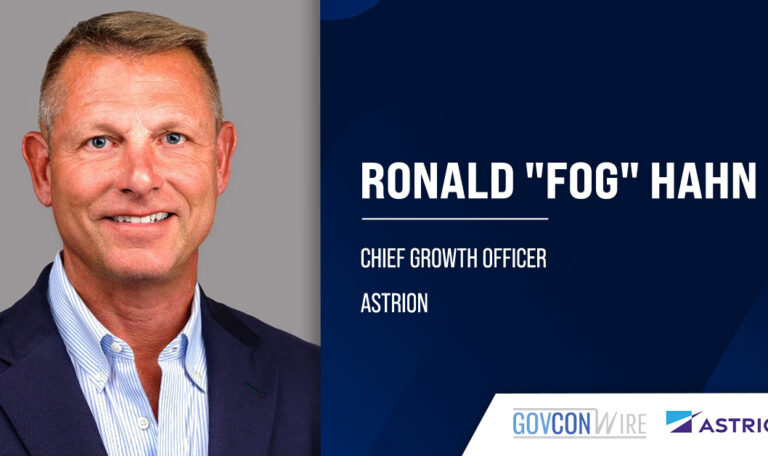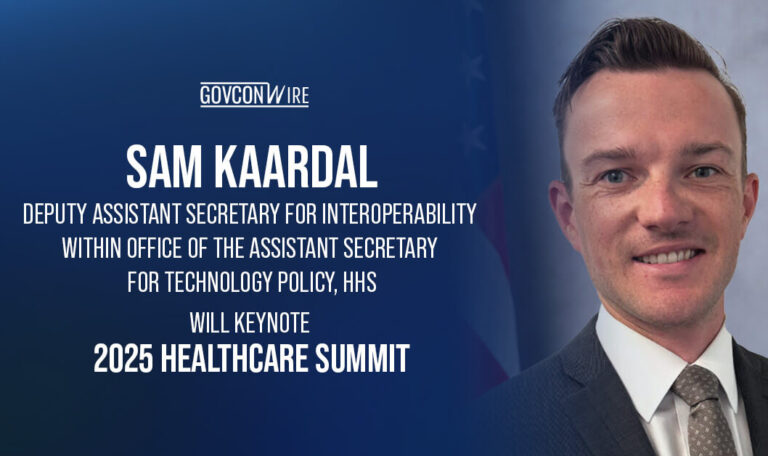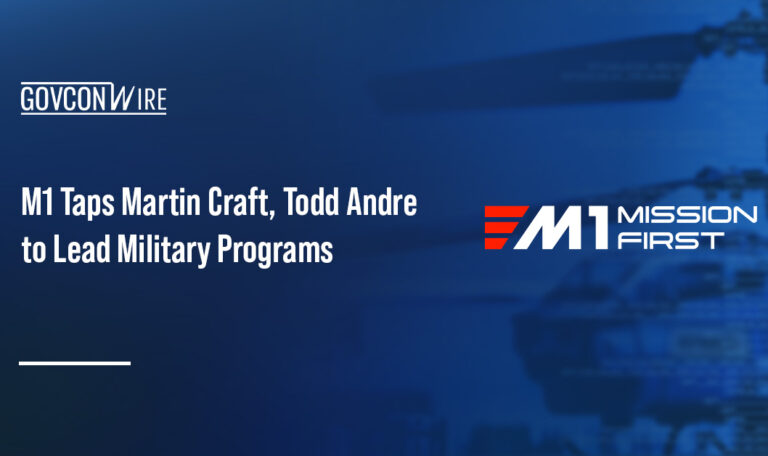A multifaceted technologist, Capgemini Government Solutions Chair, CEO and President Bill Webner has built a three-decade career assisting public sector organizations in completing their missions using innovative new tools and strategies.
Webner is an alum of Booz Allen Hamilton and Freddie Mac who came to CGS, an independent subsidiary of global management and tech consultancy Capgemini, in 2014. Since we last spoke to Webner in November 2022, he ascended from vice president to his current post leading Capgemini’s U.S. federal government portfolio.
His interests and expertise span artificial intelligence, cloud, data software, digital engineering and more, and he delved into many of these topics in a recent Executive Spotlight interview with GovCon Wire.
In which applications are you seeing the highest demand for artificial intelligence and machine learning from your federal customers, and can you explain what’s driving that demand?
AI has been predominantly focused on critical areas such as fraud and anomaly detection and safeguarding government data and finances. But what’s catching everyone’s attention right now is intelligent automation, primarily through chat interfaces. Why? Because it’s clear that many government roles involve structured processes, and that’s driving up the demand for AI-powered chat interfaces. They are user-friendly and can be used by clients and staff that do not have AI backgrounds. Most important is the value creation that AI unleashes for our government agencies — it frees up employees to do critical, mission-oriented work.
Right in the middle of this shift, we have generative AI, which is becoming a standout solution for conversational AI-type solutions, not just for routine tasks but also pretty complex scenarios. So, we are seeing federal agencies starting to explore their potential to make processes more agile and responsive to the needs of the people, which is quite a significant development.
What are some of the key barriers that remain in widespread federal AI adoption, and how do you think we can overcome them?
Certain infrastructure, ownership and culture challenges may prevent federal organizations from leveraging AI’s full potential. Notably, complex ethical and legal considerations remain a crucial barrier to AI adoption considering the scope of government systems. So to remain ahead of concerns, organizations in the federal space should develop strategic AI resources to include governance frameworks, defined roles and communication plans through a central AI office. That type of strategic program will help drive data consistency and interoperability to scale transformation across programs.
Migrating to the cloud inherently means an increase in digital assets and infrastructure, and a decrease in physical assets. How do you think cloud has changed the cybersecurity paradigm as traditional organizational perimeters expand and even disappear?
In this era of cloud computing, our security strategies are shifting focus to safeguard data during transit and at rest. To achieve this, we prioritize strict access controls and robust encryption processes to keep data secure. Over the last few years, with more employees working remotely and the rise of cloud-based collaboration tools, we have seen a new set of security concerns. These tools streamline collaboration but demand rigorous security measures, and that’s where the Zero Trust security model shines, assuming all users and devices could pose threats, regardless of their origin. As cloud adoption grows, it is imperative that agencies stay agile and adapt security protocols, including robust identity management, multi-factor authentication and strict access control enforcement, to counter evolving risks.
What role does 5G play in connecting Internet of Things devices and providing connectivity at the tactical edge? How do you think those capabilities can be improved?
The introduction of 5G technology has been a game-changer for IoT at the tactical edge since it offers ultra-reliable, low-latency connectivity for IoT devices, enabling users to aggregate data from multiple sensors, cameras and other inputs to fully inform real-time tactical decisions. Evolved Quality of Service and slice management capabilities can improve 5G network capacity management by enabling dynamic resource allocation and optimization to cater to multiple coexisting use cases.
Looking ahead, there are some critical strategies to enhance these capabilities. We’re talking about improving network resilience and security, optimizing energy use, enabling different devices to interface seamlessly and ensuring we can scale up as IoT keeps evolving. All of this is pivotal for staying at the cutting edge of technology in these tactical scenarios.
What’s your outlook on the global defense landscape? What significant changes or trends are you seeing, and how are those factors moving the GovCon market.
In the midst of global conflicts, we’re witnessing a significant rise in worldwide defense spending, with a focus on digital infrastructure to bolster intelligence and empower tactical edge operations. This shift highlights the crucial role of interoperability, not just within the Department of Defense but also in collaboration with allied forces, exemplified by initiatives like Joint All-Domain Command and Control, utilizing shared data and AI for enhanced operational efficiency.
Innovation is paramount within the GovCon market, and we are seeing partnerships with startups, leading tech companies and unconventional defense entities to infuse fresh ideas and embrace emerging technologies for rapid capability development. It’s essential to note another trend here around workforce readiness and resilience through upskilling and effective change management, which are crucial components to the long-term success of this digital transformation.


